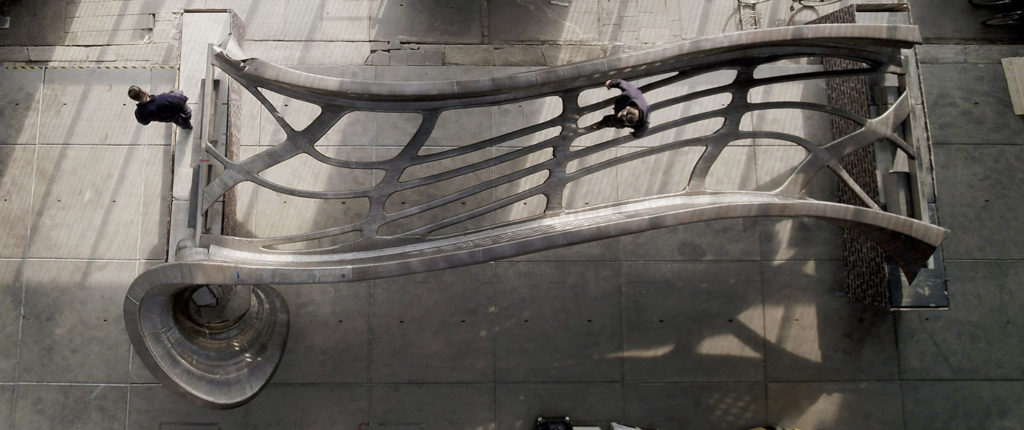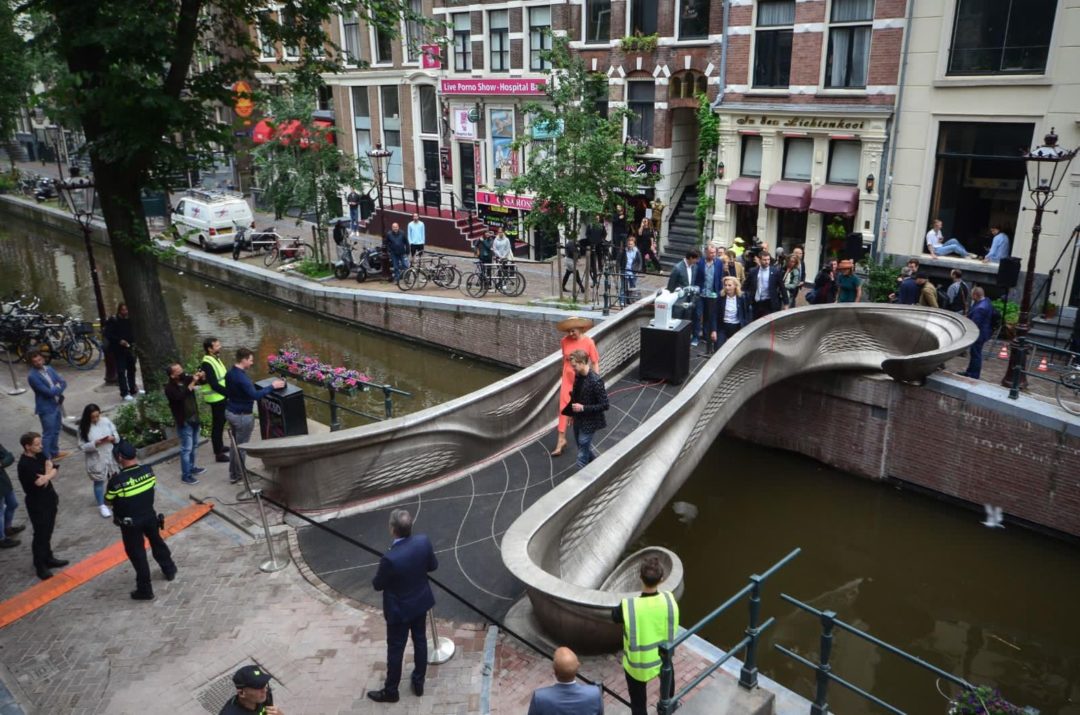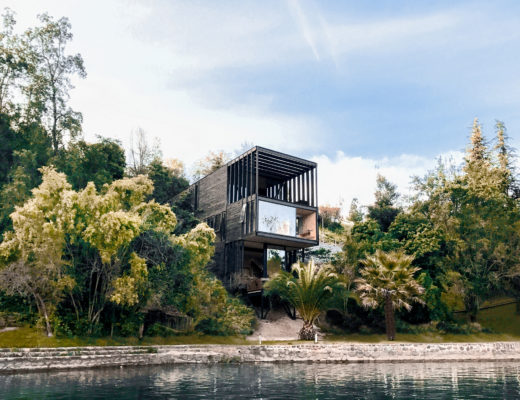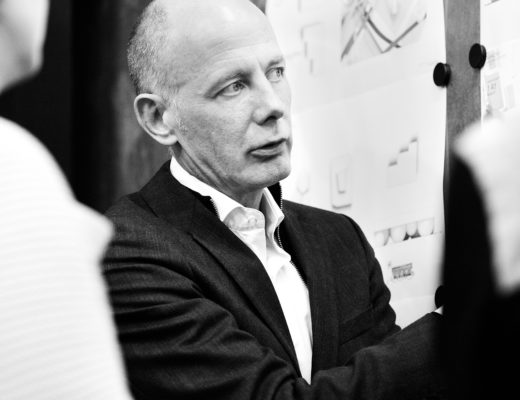The S-shaped bridge harnesses technology tools such as algorithm generative programmes
Designed by Amsterdam-based robotics startup, MX3D, the world’s first 3D-printed steel bridge has been installed on the Oudezijds Achterburgwal, located in the red-light district of Amsterdam. Led by well-known Dutch designer Joris Laarman, the startup worked with Arup and researchers from Imperial College London from the Alan Turing Institute’s data-centric engineering programme, who performed several full load tests, to establish the bridge’s structural integrity.
The 12-metre long digital design masterpiece with curved, raw steel balustrades that belie its high-tech origins, offers a glimpse into how computational design together with state-of-the-art robotic welding technology could shape our built environment in the future.

The team worked with Grasshopper and Karamba, a tool for designers exploring new shapes using generative algorithms (graphical algorithm software) for 3D modelling tool Rhino, to refine the design. The programme works by producing successive design iterations under a given set of parameters, moving from an initial test form towards the optimal or final shape.
Departing from a monolithic, U-shape bridge design, the design team ran extensive iterations to progress swiftly through several stages of design until delivering the final, more organic, S-shaped bridge – marrying structural integrity and functionality without compromising on aesthetic relevance.

The team ran digital simulations of the bridge, removing excess material by mixing structural calculations with geometric manipulation, teaching the algorithm to recognise which parts of the bridge are less crucial.
You might also like:
This innovative cladding material is a fusion of 3D printing and traditional Thai craftsmanship
Jurong Innovation District launched; to have Singapore’s first car-free sky corridor




